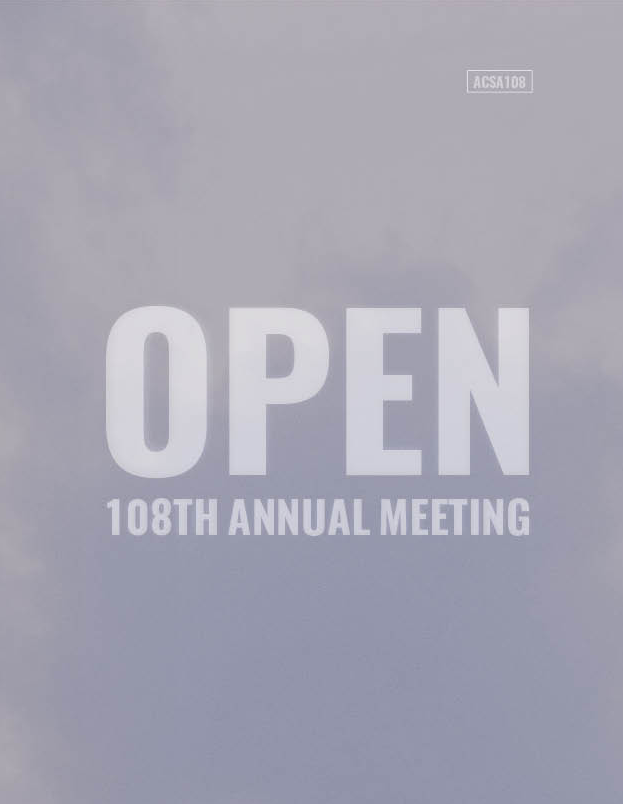Author(s): Damon Caldwell & Pasquale DePaola
Questioning the fossilized approach of historical education, which disconnected the historical narrative from its studio counterpart and fast forwarding to now, this paper attempts to question the current utility of history in architectural education by examining when history cohabitates with what is a predominantly a studio-based structure. More specifically, this paper analyzes a particular and methodologically integrative way of teaching architectural history so that its pedagogy, outcomes, and expectations are complementary with those of the design studios. Every design involves historical/theoretical investigations, and architecture can be understood as a practice of concepts and ideas; that practice may precede history as often as history precedes practice. Within this framework, history assumes the role of “repertoire” for applied knowledge, where the analysis of particular buildings does not depend on mnemonic tasks, but centers around cultural and social ideas as well as predisposing constructional techniques. This approach emphasizes specific natures of architectural production: composition (i.e. sequencing, ordering systems, geometry, etc.), tectonics (materiality, structure, assemblies), and culture (politics, science, zeitgeist, etc.), which are also analyzed in specific course assignments. Design studios reinforce history’s usefulness by direct analyses of historical precedents, which are not understood as a mere collection of stylistic artifacts, but rather as conceptual, tectonic, and organizing machines.
https://doi.org/10.35483/ACSA.AM.108.68
Volume Editors
ISBN
978-1-944214-26-5

 Study Architecture
Study Architecture  ProPEL
ProPEL 
